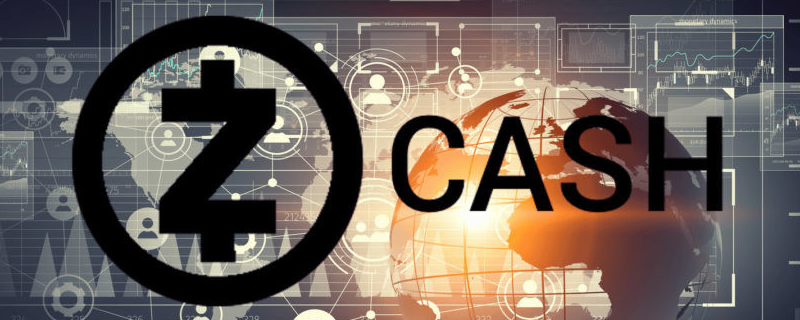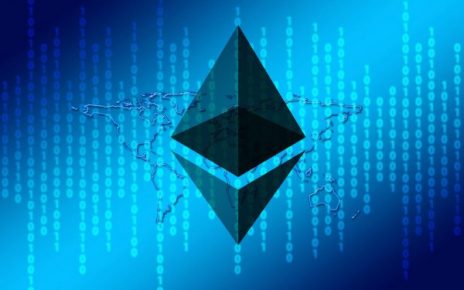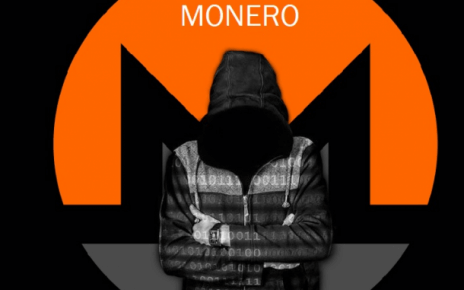Bitmain, a cryptocurrency mining chips producer from China, launched the first ASIC miner for the mining of cryptocurrencies with the Equihash algorithm, such as ZCash. The name of the new miner is Bitmain Antminer Z9 Mini.
In the Bitmain’s online store are listed the specifications of the new miner. It is capable of generating around 10,000 sol/s ± 5% and consumes only 300 Watts of electric energy. The weight of the miner is 3.5 kilograms or around 7.7 pounds. For example, the weight of Bitmain Antminer S9 is 8 kilograms or around 17.6 pounds. The listed price without the power supply is 1,999 US dollars.
One of the conditions during the sale of the first batch of the new miner is that the units will be delivered between June 20th and 30th, 2018. One user can only purchase one miner and the company does not ship the units to Hong Kong, Taiwan and Macao.
This batch can be paid with bitcoins (BTC) and even litecoins (LTC). As usual, the miner can be paid with Bitcoin Cash (BCH) as well, but the transaction needs to be completed within one hour. Bitmain decided to not accept the payments in US dollars this time.
A standard mining rig with six graphic cards (GPUs) NVIDIA GTX 1070 dedicated to working with the aforementioned algorithm produce around 2,580 sol/s in ZCash and consume around 720 Watts of electrical energy. If the cost of the electricity is 0.1 dollars per KWh, monthly earnings would be around 280 US dollars, taking into account the current price of the cryptocurrency and the difficulty of the mining process in its blockchain network.
With the new miner and with the same conditions as mentioned for the standard mining rig above, monthly earnings would be around 1,270 US dollars. Bitmain Antminer Z9 Mini brings a remarkable increase in the Equihash mining performance, which inevitably proves we are talking about an ASIC miner. There were some rumors about the possibility for Bitmain to launch a miner that would not be an ASIC miner.
The launch of the first ASIC miners caused a lot of debate and even displeasure among the cryptocurrency communities around the world. The most notable dislikes were expressed by the Ethereum, Monero and Sia communities, because of the increased processing power provided by the ASIC miners that translates to increased mining difficulty and allows the mining process to become centralized and limited to this type of equipment, which is something the cryptocurrency community would like to avoid. This is especially because Bitmain demonstrated some bad practices with Bitcoin in the past.
The ZCash ecosystem is no exception here. On the eve of the launch of Bitmain Antminer Z9 Mini, Zooko Wilcox, a founding member and developer of ZCash, shared his opinion about the resistance towards the ASIC mining equipment on the ZCash community forum: “I’ve been trying to educate myself about the state of cryptocurrency mining. I’m getting in touch with various big mining operations to try to understand their economics. I’m also learning about energy production (direct contracts with plants instead of sucking from the grid, renewables, etc.). One major unanswered question in my mind is: suppose you have a large, profitable GPU-mining farm. Why don’t you reinvest all your profits in scaling it up? In other words, why haven’t professional, large-scale GPU-mining operations already driven small-time miners out of business?
One thing I’ve learned along the way is that GPU mining is absolutely essential to Zcashers in Venezuela. If Venezuelans try to import ASIC miners (i.e. for Bitcoin, currently), then they risk having the miners stolen or extorted by the army which controls all imports. GPUs are not (yet?) nabbed on import like that, and anyway there are a lot more GPUs already floating around inside Venezuela. This really goes to the point that Simon has made a few times in this thread, that custom mining hardware is more vulnerable to special treatment by authorities.
Oh, bottom-line, by the way, is that I’m basically still in the same place now that I was four years ago when we first decided to go for widespread-distribution-of-coins at the expense of sunk-cost-incentive-alignment. I still think that widespread-distribution-of-coins is more important (but I still think that it can’t last forever, and that the other side of the trade-off may also prove to be important).”
If we evaluate the launches of the ASIC miners this year, we come to the conclusion that the entire cryptocurrency mining will rely on specialized equipment and leave behind its origins when it relied on the CPUs and GPUs. Bitcoin Gold, a cryptocurrency that was born with the intention of decentralizing the mining of Bitcoin and return to the GPUs is now affected in a negative way by the launch of the new ASIC miner from Bitmain. However, there are other examples and the best one is Monero. The development team behind Monero and the Monero community decided to change the algorithm every six months and thus avoid the use of the ASIC miners for the mining of Monero.




